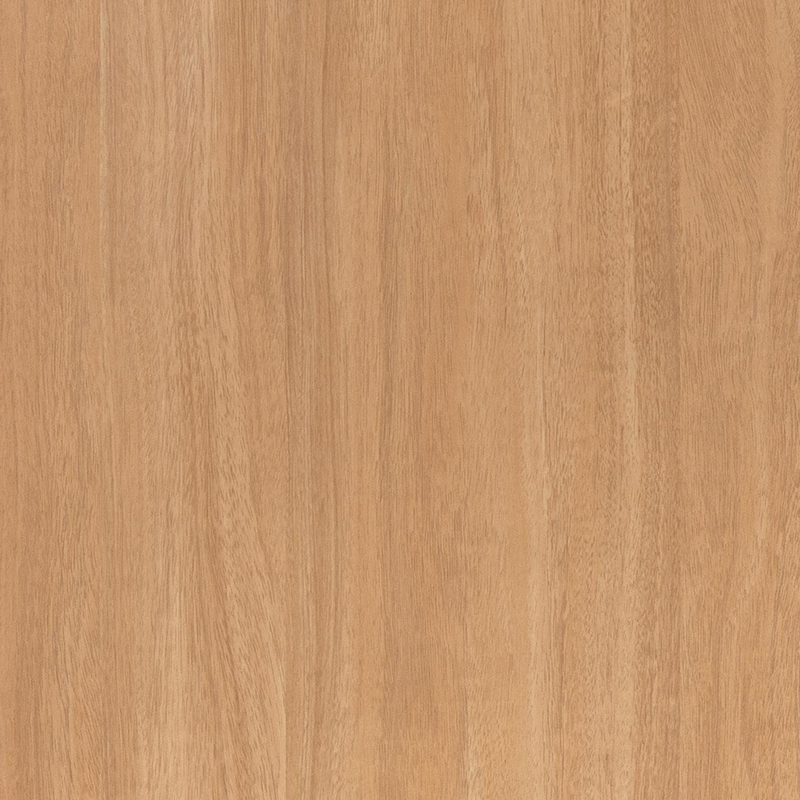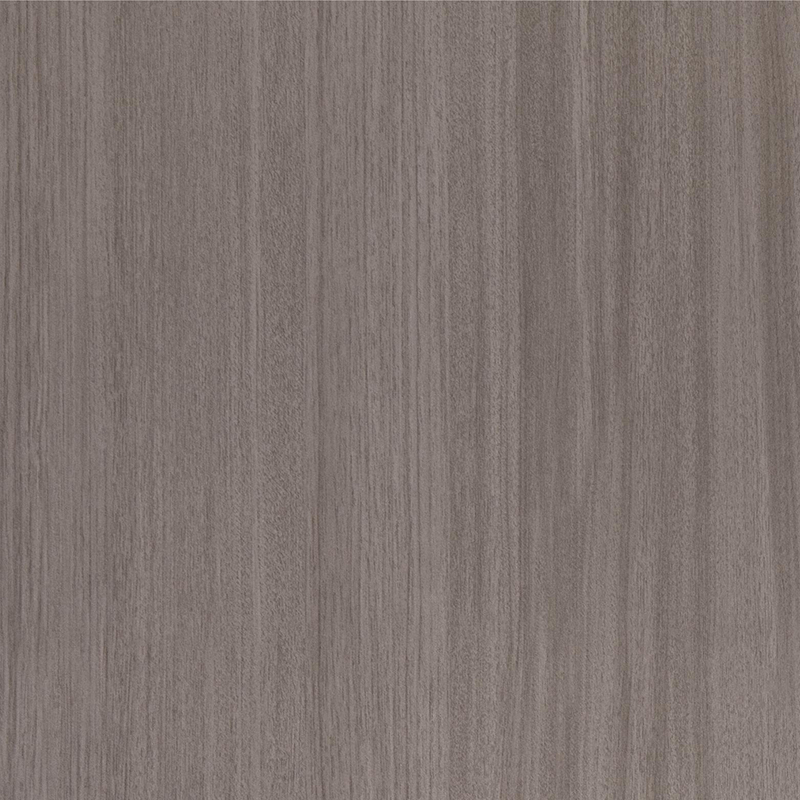As a manufacturer at the forefront of surface innovation, we are pleased to provide this comprehensive overview of our flagship product category: Self-Adhesive PVC Interior Films.
1. Deconstructing the Product: What Exactly is a Self-Adhesive PVC Interior Film?
At its core, a Self-Adhesive PVC Interior Film is an engineered laminate composite, meticulously crafted to deliver performance, aesthetics, and application ease. It is far more than a simple sticker; it is a system comprised of distinct, purpose-driven layers:
- The Wear Layer (Top Coat): This is line of defense. We apply a proprietary, cross-linked polyurethane or acrylic coating. This layer is responsible for the film's resistance to scratches, abrasion, UV radiation (preventing yellowing and fading), and common household chemicals. This is what ensures the product's long-term durability and maintains its aesthetic appeal.
- The PVC Substrate (Core Layer): This is the heart of the film, typically composed of flexible, calendered PVC. We manipulate this layer to achieve various thicknesses, flexibilities, and textures. It is here that the visual design is embedded—through precision printing or embossing—to replicate materials like wood grain, brushed metal, stone, or to display vibrant custom graphics. The quality of this substrate determines the film's dimensional stability, preventing shrinkage or expansion over time.
- The Pressure-Sensitive Adhesive (PSA) Layer: This is the revolutionary component that enables effortless application. We do not use a standard glue; instead, we utilize advanced acrylic-based adhesives that are activated by pressure. These adhesives are formulated to have strong initial tack for easy positioning and high ultimate bond strength for permanent installation. Crucially, they are designed for clean removal from many surfaces without leaving residue.
- The Release Liner (Backing Paper): A silicon-coated paper or film protects the adhesive until the moment of application. The quality of this liner ensures it peels away smoothly and evenly, preventing damage to the adhesive layer.
From our manufacturing perspective, the synergy between these layers is what defines a premium product. Each layer is co-engineered to perform in unison, creating a material that is greater than the sum of its parts.

2. The Value Proposition: Why PVC Interior Films Outperform Traditional Materials
When compared to conventional surface finishing methods like paint, laminate, or solid materials, our PVC films offer a compelling array of advantages that translate into tangible value for specifiers, contractors, and end-users.
Cost and Time Efficiency (The Economic Argument):
- Dramatically Reduced Labor and Time: A traditional cabinet refinishing project involving paint can take 3-5 days, including sanding, priming, multiple coats, and drying times. With our film, the same project can be completed in a matter of hours. This translates to lower labor costs and minimal disruption, a critical factor for commercial operations like retail stores or hotels that cannot afford prolonged downtime.
- Material Savings: The cost of high-quality paint, primer, and sealant, coupled with labor, often exceeds the cost of using our film for a similar project. Furthermore, films eliminate the need for replacing entire cabinet doors or furniture pieces, offering an high quality sustainable and economical refurbishment solution.
Durability and Performance (The Practical Argument):
- Resistance: Our films are engineered to withstand the rigors of daily life. They offer outstanding resistance to moisture, humidity, and stains compared to painted surfaces and many standard laminates. This makes them ideal for kitchens, bathrooms, and healthcare environments where hygiene and cleanability are paramount.
- Longevity and Fade Resistance: The integrated UV stabilizers in our wear layer ensure that colors and patterns remain vibrant for years, even in sun-exposed areas, a common failure point for many traditional materials.
- Customization: Through advanced digital printing technology, we can produce any design imaginable—corporate logos, photographic murals, intricate patterns—with no order quantity in many cases. This empowers designers to achieve a truly unique, custom look without the exorbitant cost of custom-manufactured materials.
Sustainability (The Environmental Argument):
- Waste Reduction: By facilitating the refurbishment of existing furniture and fixtures, our films directly combat the throwaway culture and reduce landfill waste.
- Low-VOC and Certifications: Our products are manufactured to meet stringent international environmental and safety standards, including GREENGUARD Gold certification, ensuring they contribute to healthy indoor air quality. We also offer a range of products with high recycled content and are part of a developing closed-loop recycling program.

3. Application Spectrum: Where Can This Technology Be Deployed?
The versatility of our PVC Interior Films allows them to be specified across a breathtakingly wide range of residential, commercial, and institutional projects.
Residential Renaissance:
- Kitchens: The ultimate application. Used to reface cabinet doors and drawer fronts, update appliance panels to match a new aesthetic, or create stunning, durable backsplashes.
- Bathrooms: Applied to vanities, bathtub surrounds, and even tiled walls, providing a waterproof barrier that is easy to clean and resistant to mold and mildew.
- Living Areas: Creating feature walls, refreshing outdated furniture, cladding interior doors, or covering fireplace surrounds.
Commercial & Hospitality Revolution:
- Retail: Enabling frequent brand refreshes by covering display units, countertops, and wall panels quickly and cost-effectively. Custom prints can reinforce brand identity.
- Offices: Transforming workstations, reception desks, and accent walls to create a modern, branded, and inspiring work environment with minimal downtime.
- Hotels & Restaurants: Allowing for rapid renovation of guest room furniture, elevator interiors, restaurant tables, and bar fronts to keep spaces looking fresh and competitive.
Specialist and Niche Applications:
- Architectural Features: Wrapping complex columns, curved walls, and other architectural elements that are challenging or prohibitively expensive to cover with rigid materials.
- Marine & RV: Specific grades of our film are engineered for the demanding environments of boats and recreational vehicles, offering light weight and outstanding moisture resistance.
4. advanced: A Manufacturer's Guide to Flawless Results
The perceived simplicity of application is a result of sophisticated engineering. To achieve professional, bubble-free, and long-lasting results, we advocate for the following protocol:
- Surface Preparation (The Non-Negotiable Foundation): The substrate must be Sound, Smooth, Clean, and Dry (S.S.C.D.). It must be free of dust, grease, wax, or any loose particles. We recommend cleaning with isopropyl alcohol and allowing it to fully evaporate. Any imgoodions on the substrate will telegraph through the film.
- Precise Measurement and Cutting: Measure twice, cut once is the golden rule. Use a sharp utility knife and a metal straightedge for clean cuts. For complex shapes, create a template from paper first. We advise cutting the film slightly oversized (by 1-2 cm) to allow for final trimming.
The Hinge Method (The Professional's Technique):
Peel back approximately 5-10 cm of the release liner from the top of the film.
Carefully align the exposed adhesive section with the top edge of the substrate and press it into place.
Using a soft, felt-edged squeegee, begin smoothing the film downward from the center outward, while simultaneously peeling away the remaining release liner with your other hand. This technique systematically pushes out air and prevents the adhesive from prematurely contacting dust or misaligned areas.
Final Trimming and Post-Installation:
Once the film is fully applied, go over the entire surface again with firm, overlapping strokes from the squeegee to ensure improve adhesive contact.
For final trimming at edges, use a sharp, fresh blade and a straightedge. A slight downward angle on the cut will create a clean, feathered edge.
For stubborn bubbles, a fine needle can be used to puncture them, allowing the air to escape before re-smoothing.

